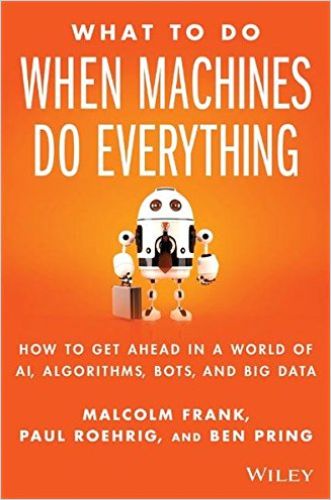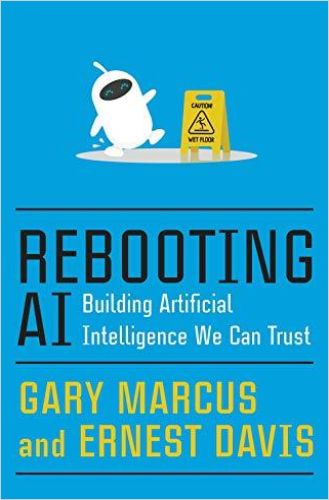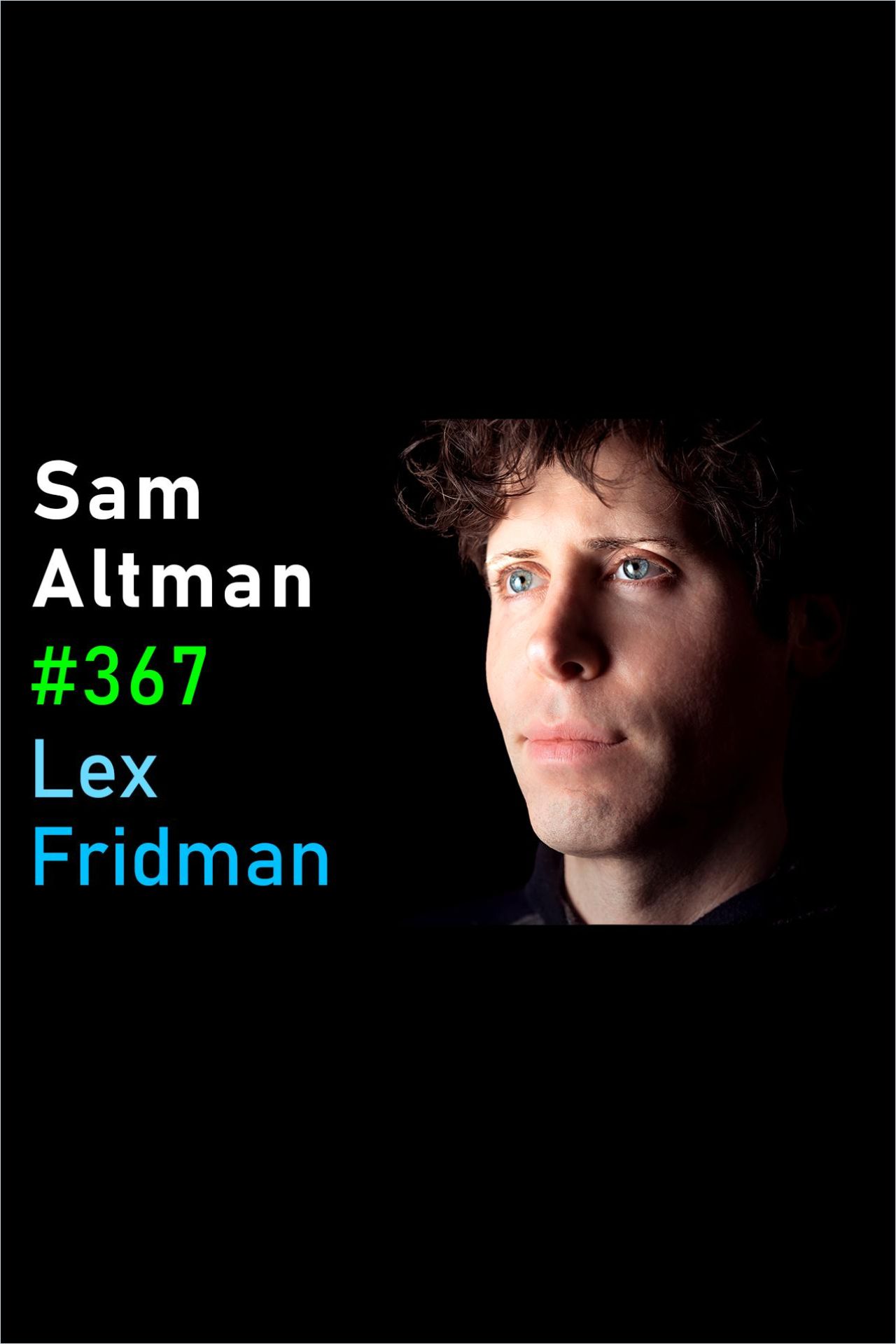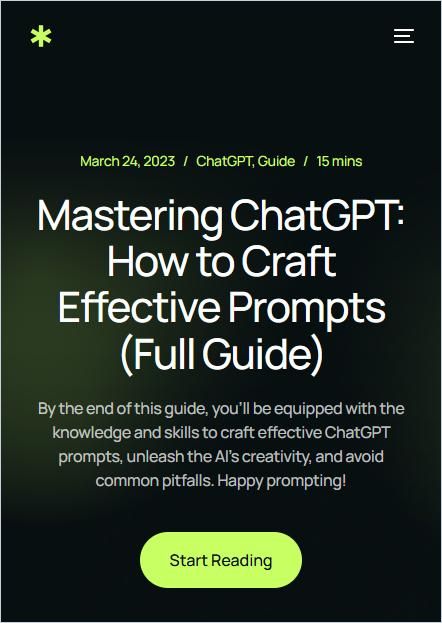How to Get Better Results from ChatGPT

ChatGPT is a generative large language model AI composed of deep learning algorithms trained on enormous databases of textual information, much of it sourced from the internet. It understands complicated language patterns and responds conversationally to natural language queries. Whether like science fiction author Ted Chiang, you believe that ChatGPT offers up “blurry” hallucinations that should make you question the accuracy of the answers it returns, or, like the rest of the world, hallucinatory or not, you are gearing up for AI triumph, it behooves you to know how to get the best results from the newest business tool at your disposal. ChatGPT and other available chatbots on the market are changing how businesses utilize AI. In the near future, having experience with and improving efficiency from working with AI will be a must-have job skill.

Prompting AI
Although natural language is context-dependent and nuanced, engineers have evolved a machine-learning AI that learns as it goes without needing to be programmed. That said, there’s an old coder’s motto: “garbage in, garbage out,” and this phrase applies to using ChatGPT. What you get out of a program reflects the quality of its inputs. A “prompt” is the question, statement or instruction a user provides as a starting point for a conversation with ChatGPT. A well-crafted prompt can guide AI to compose a more creative answer while ensuring greater factual accuracy.
ChatGPT is so good at this form of interpolation that people find it entertaining: They’ve discovered a ‘blur’ tool for paragraphs instead of photos, and are having a blast playing with it.
Ted Chiang
GPTbot.io’s guide “Mastering ChatGPT: How to Craft Effective Prompts” illustrates simple ways to improve your results from the technology. The more clarity you put into your question, the more precise the answer you will get back. While it may take some time to formulate questions, it’s time well spent. You’ll end up saving time by getting higher-quality results sooner.
Play With These Prompts To Improve ChatGPT Responses:
Layout
- Ask for your answers in tabular format.
- Use follow-up requests to make desired changes in layout.
- Request a particular file format like Microsoft Excel if you want to be able to use the information within a particular program.
- Translate any input into another language.
Limitations
- Specify the word count you’re looking for in your answer or a set number of paragraphs.
- Copy/paste complicated text into ChatGPT and ask for a simple explanation.
- Copy/paste examples or information and specify that you want ChatGPT to reference it in its answer; for instance, list on-hand ingredients you want ChatGPT to use when suggesting meal ideas to you.
- Ask ChatGPT to reply as an expert in a particular field.
Styles
- Specify the type of content you’re looking for whether it be an ad or an essay.
- Tailor ChatGPT’s responses by specifying which target audience you’d like it to respond to, whether that’s 5th graders or business owners.
- Ask ChatGPT to respond in a particular voice, for instance, as if it is a frustrated shopper or insecure teenager.
- While you can ask ChatGPT to compose its answer to your inquiry “in the style of” an iconic author, even Shakespeare writing a sonnet, the results will fall short of the bard himself.
- Ask ChatGPT to respond to you as if it is an iconic movie star.
How to Craft Prompts for Creativity
While ChatGPT can’t write a novel, it can help novelists develop their ideas by helping them brainstorm, given characters and setting and some guidance about the plot. Break more complex requests into component parts. Keep your prompts concise; you want the AI to understand what to focus on. For instance, you could describe a character’s main traits and overriding motivation as you ask ChatGPT to explore a scenario. Ask ChatGPT to deepen and refine answers or give you examples. Role-play with ChatGPT by defining who you each are within an interaction.
For instance, ChatGPT is a master chef and you are a beginner. Ask it to teach you to cook a gourmet dish ‘with a unique twist.’
GPTbot.io’s guide recommends beginning your session with a “system message” so you don’t need to constantly restate the context for your questions. Define ChatGPT as an authority, for instance: “You are an expert gardener. What is the best way to grow tomatoes.” Or ask for a detailed workout program by defining ChatGPT as a talented fitness expert, then asking it to consider all aspects of your health along with any limitations, for instance, no access to a gym. Take advantage of InstructGPT training by asking ChatGPT to consider a proposition systematically before coming to a conclusion.
Recognize the importance of prompts as the foundation for effective communication with ChatGPT, setting the context and expectations for the AI’s response.
Mastering ChatGPT Guide
Content producers will get further if, instead of prompting with an open-ended statement such as “explain climate change,” you ask for more specific causes and solutions. As your interaction continues, provide feedback to give the AI more context for its answers. If the response you’re getting is complicated, ask ChatGPT to simplify it.
Be explicit in the output you’re looking for. The more explicitly you can define your expectations, the more precise your results will be. Request a final word count and what you expect to be able to read, for instance, an article summary of up to 150 words with main points and conclusions. Formatting a request for ad copy in a way that specifies how long the content should be, the name and purpose of the product as well as various pain points and a final call to action will get you much closer to the result you want.

ChatGPT can be a powerful tool to collaborate or create with, but just remember its limitations too, and double-check your results for accuracy.
Learn more about ChatGPT:










